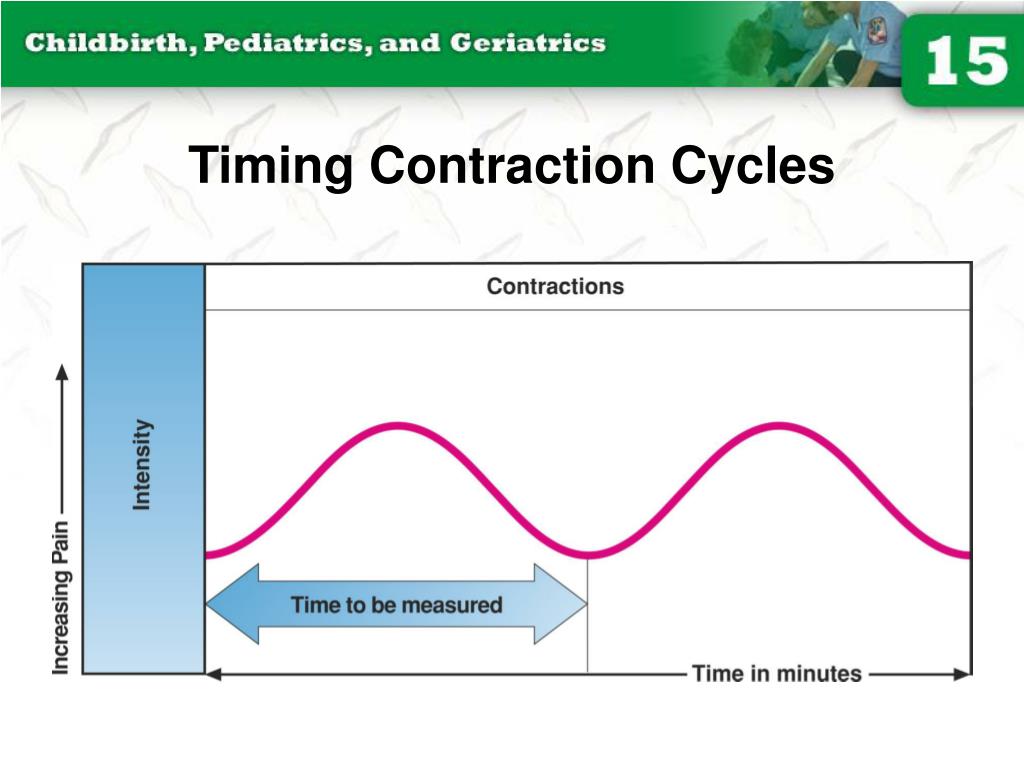

Allow your body to rest and begin to time the contractions again if they increase in length or intensity, even while laying down. If they are unpredictable and get weaker while you are inactive, they may just be practice contractions.

Labor contractions will continue getting longer, stronger, and closer together as you progress.

You can do this in a multitude of ways just as long as you have it saved somewhere! Some families enjoy having a contraction timing app, some just use the notes app in their cell phone, and others are fine with finding the closest piece of paper to scribble down the time.Ĭontinue timing each contraction for a few rounds to see if they start to fall into a regular pattern. Nonetheless, this is when you will want to start timing your contractions. They are usually pretty mild and are around 15-20 minutes apart. If you want to learn more, this is Celebrate Birth’s take on timing contractions!Ĭontractions first begin in early or latent labor, but they may be irregular and only last for 30-45 seconds.
Contraction timing in early labor how to#
Learning how to time contractions is an important step when you start approaching your estimated due date! It’s important to note that while there is a correct way to time contractions (from the start of one to the start of another), and that true labor contractions generally get longer, stronger, and closer together as they progress, every labor has its own unique pattern leading up to delivery.


 0 kommentar(er)
0 kommentar(er)
